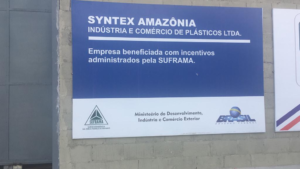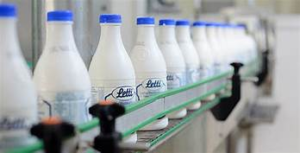Comparative
Physical Properties
|
Materials |
Type of bioplastic |
Ressources |
Properties |
Applications |
|
100% biobased and 100% compostable |
Corn starch, sugar beet, tapioca. | Transparent, stiff, easy to process, poor thermal resistance, poor barrier properties. | Food packaging (trays, films, cups…), cosmetic, molded products, biocomposites. | |
|
100% biobased and 100 % biodegradable and compostable. |
Corn starch, sugar (sugarcane, beet), biomass. | Opaque to translucent, stiff to elastomeric, good thermal and barrier properties. |
Biocomposites, molded products, packaging films. |
|
|
Partially biobased and 100% biodegradable and compostable. |
Mainly petroleum (development on biobased monomers, wastes). | Opaque to translucent, stiff to soft, good thermal resistance and easy to process. | Bags, mulch films, bottles, molded products. | |
| Mainly biobased and could be biodegradable and compostable. |
Wood pulp. |
Transparent stiff good barrier, mechanical and thermal |
Food packaging (films), molded products. | |
| Durables (biobased and not biodegradable) BioPA, BioPE, BioPET |
30 to 100 % biobased, not biodegradable and compostable. | Sugarcane, molasses, biobased oils. | Equivalent to common polymers, still recyclable and not biodegradable. | All types of packaging, technical products. |
| Partially biobased and 100% compostable. |
Mainly petroleum. |
Very soft, good mechanical properties and easy to process. |
Leisure and sport, molded products. |
|
| Partially biobased and 100% biodegradable and compostable. |
Starch (corn, potatoes), meals, petroleum (biopolyester matrix). |
Soft, easy to process, water sensitive and controlled biodegradation. |
Bags, mulch films, horticulture. |
|
| Mainly biobased and could be biodegradable and compostable. |
Wood, hemp, linen, bamboo fibers and bioplastic matrix. |
Stiff, good mechanical and thermal properties, easy to process. |
Leisure and sport, habitat, horticulture. |




